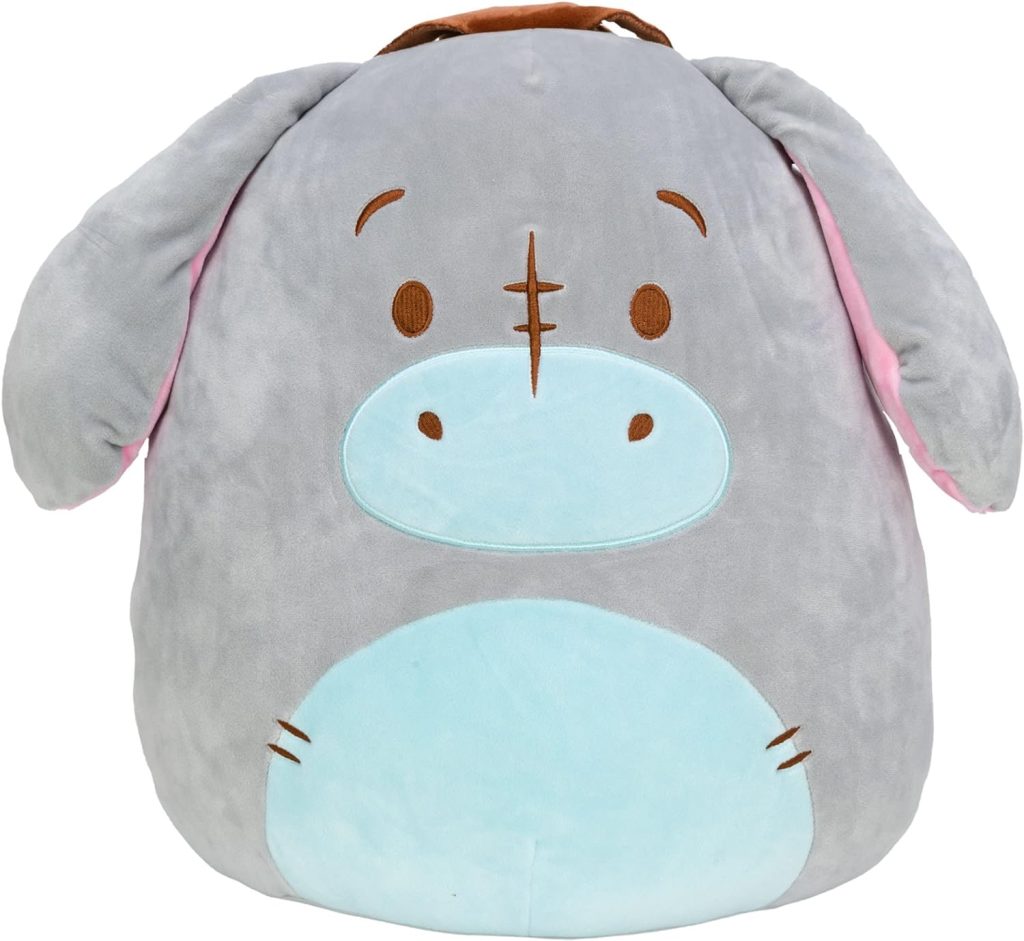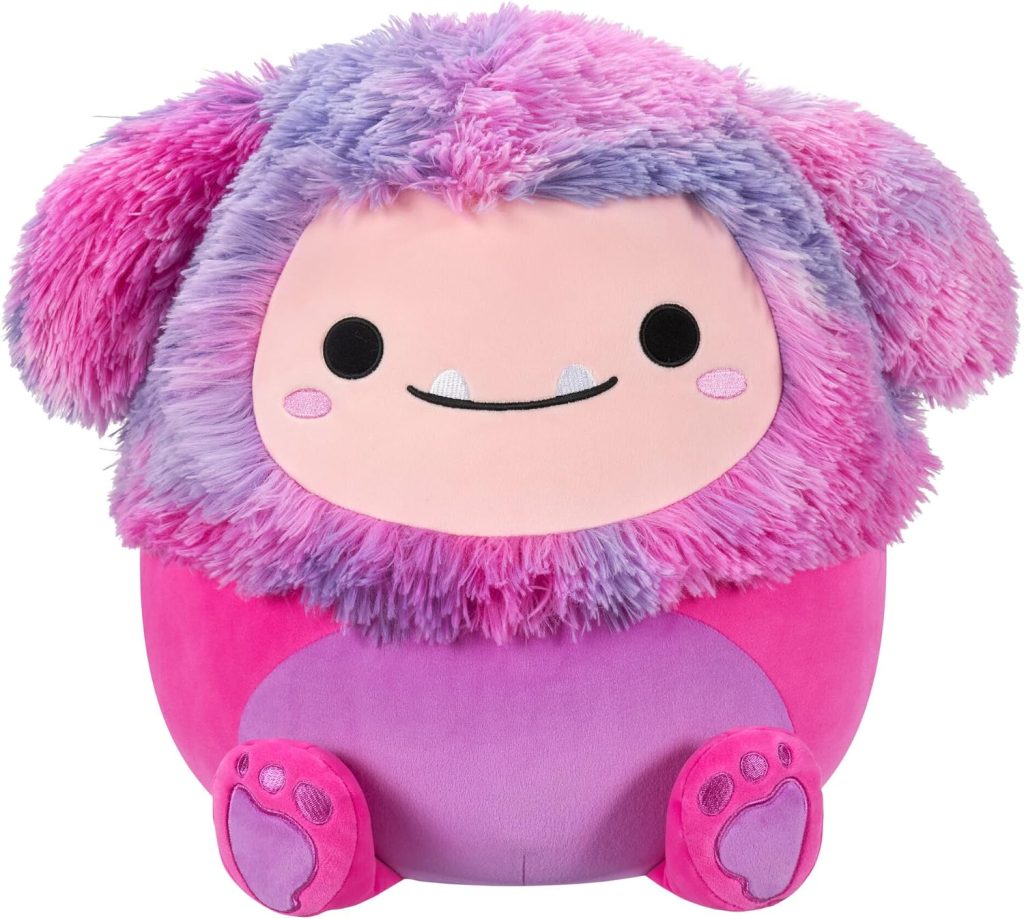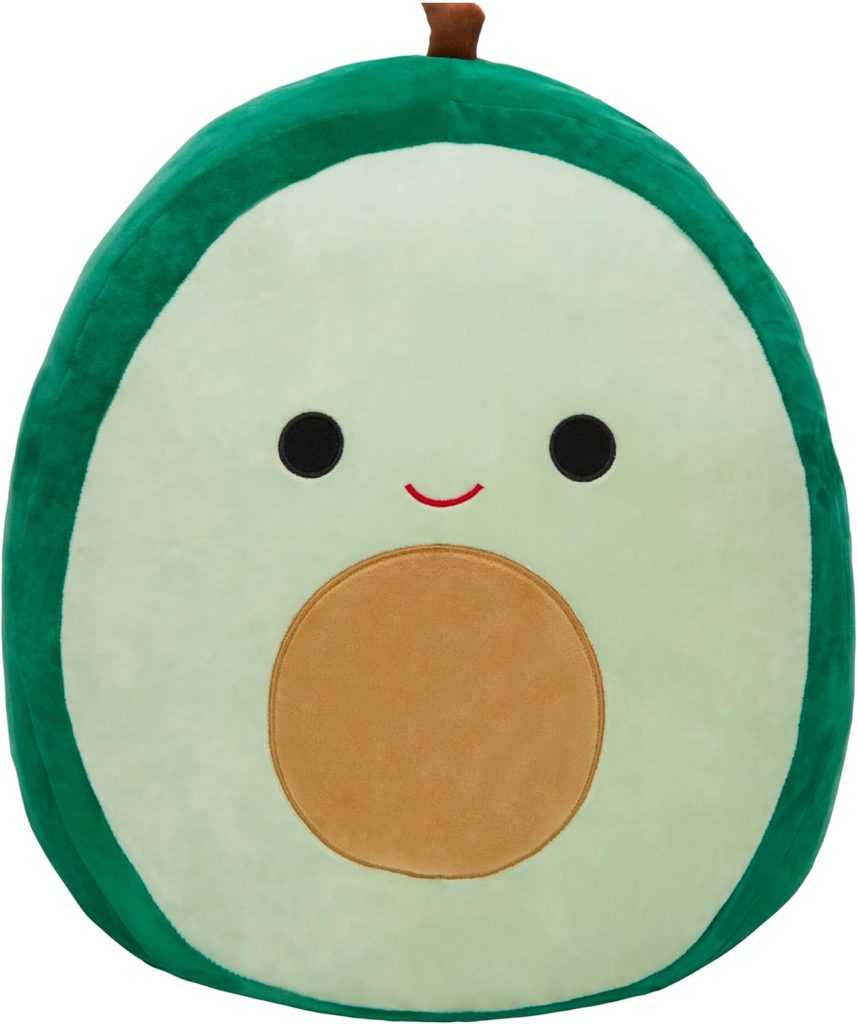Affiliate Disclosure: This post may contain affiliate links. This means we may earn a commission if you make a purchase through these links. This is at no extra cost to you. We only recommend products and services we truly believe in. Your support helps us keep the site running! Thank you.
Squishmallows make good pillows for hypermobility because they’re soft, comforting, and loveable. Although, Squishmallows aren’t officially a type of pillow, they can certainly be used as one!
Squishmallows are stuffed animals turned pillows that have taken the internet by storm since they launched in 2017. Originally designed for kids, people of all ages have fallen in love with them. And, that includes people with hypermobility.
So, if you’re after some new pillows for your bed, you should consider a Squishmallow.
Now, let’s explore the world of Squishmallows a bit more and find out just how good they are for hypermobility.
Are Squishmallows Good Pillows for Hypermobility?
Squishmallows are known for their incredibly soft and squishy texture. This is what makes them a popular choice for people of all ages (including big kids like me!).
But, when it comes to using them as pillows for hypermobility, it’s essential to consider their level of support and comfort.
Squishmallows provide some support and relief for pressure points. But may not be the best option for those with severe hypermobility or chronic pain. Squishmallows lack the firmness and structure necessary to properly align and support the neck and spine. This can lead to discomfort and pain, especially for individuals with specific neck or back issues.
That being said, Squishmallows can still be a great option for those with mild to moderate hypermobility. They can offer a soft, comfortable place to rest your head or support other body parts while sleeping or lounging.
Just be sure to supplement your Squishmallow pillow with additional pillows or supports as needed to properly support your body and minimize any discomfort or pain.
Do Squishmallows Help EDS?
Squishmallows may not provide enough support for those with severe EDS. But they can be a comforting option for those with mild to moderate symptoms. The soft and huggable nature of Squishmallows can provide a sense of comfort and security during painful flare-ups.
Is It Okay to Use a Squishmallow as a Pillow?
Squishmallows are not designed or marketed as pillows, but they can be used as one.
If you have severe hypermobility, you may find that a Squishmallow isn’t the right pillow for you due to its lack of support. It’s always best to choose a pillow that is specifically designed for your individual needs and provides the necessary support and comfort for your hypermobile body.
What Size Squishmallows Are Best for Pillows?
Squishmallows come in a variety of sizes, ranging from small keychain-sized plushies (3.5 inches) to large huggable pillows (24 inches). When choosing a Squishmallow to use as a pillow, think about your sleeping habits and how you want your Squishmallow to support you.
A larger Squishmallow may provide more support and comfort for your body. Whereas, a smaller one may be better suited for travel or snuggling.
Which Squishmallow is the Best for Your Body?
Before buying a Squishmallow to use as a pillow, consider which body part you want it to be for. This will help you decide which size Squishmallow to buy.
Here are our recommendations:
| Size | Dimensions | Recommended for body part/use |
| Squishmallows | 8 inches | Hand pillow |
| Squishmallows | 12 inches | Knee pillow |
| Squishmallows | 16 inches | Arm pillow |
| Squishmallows | 20 inches | Neck pillow |
| Squishmallows | 24 inches | Body pillow |
Related Post: What’s The Best Mattress For Hypermobility?
Are You Supposed to Sleep with Squishmallows?
Squishmallows are not traditionally intended to be used as pillow. They are designed primarily for hugging, cuddling, and providing comfort during moments of anxiety or stress.
However, some individuals may find them to be a comforting and soft alternative to traditional pillows, especially those with hypermobility seeking relief from pressure points.
One thing to remember is that Squishmallows may not provide the level of support necessary for a good night’s sleep, particularly for those with severe hypermobility or chronic pain.
Sleeping with a pillow that does not provide enough support can lead to neck and back pain, headaches, and other uncomfortable symptoms.
If you choose to use a Squishmallow as a sleeping pillow, add a supportive pillow too. For instance, using a cervical pillow in combination with a Squishmallow can help support the neck and head, reducing the risk of pain and discomfort during sleep.
Related Post: Are You Getting Enough Sleep?
What’s Inside a Squishmallow Pillow?
Squishmallows are made with a polyester fiber fill that makes them incredibly soft and huggable. The stuffing inside a Squishmallow is designed to be lightweight and compressible, allowing the Squishmallow to retain its shape and softness after being squished and squeezed.
Are Squishmallows Better than Body Pillows?
One person with hypermobility will argue that Squishmallows are better, while another will say body pillows are essential. It really is a matter of individual choice and preference.
Squishmallows and body pillows serve different purposes and offer different levels of support. Body pillows are designed to provide full-body support and can be helpful for those with hip or back pain. Squishmallows, on the other hand, are softer and more huggable, making them a comforting and cozy option for those with mild to moderate hypermobility.
Squishmallows are a good choice of pillow for many people with hypermobility and EDS. However, you will usually need other supportive pillows too. So now all that’s left to do is choose between Camette the Cat, Fifi the Fox, and Austin the Avocado.
Sources:





